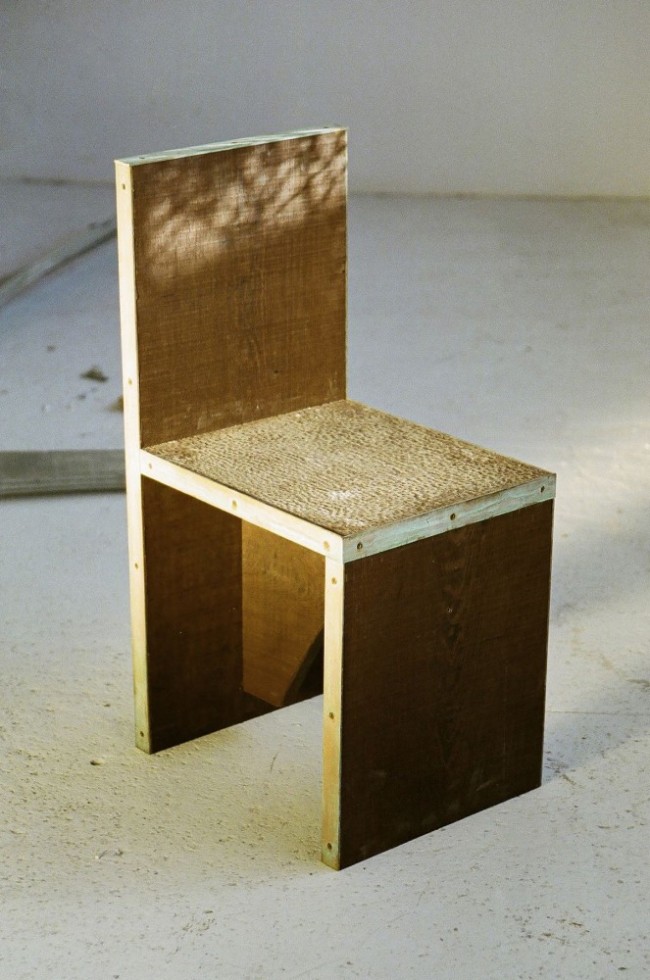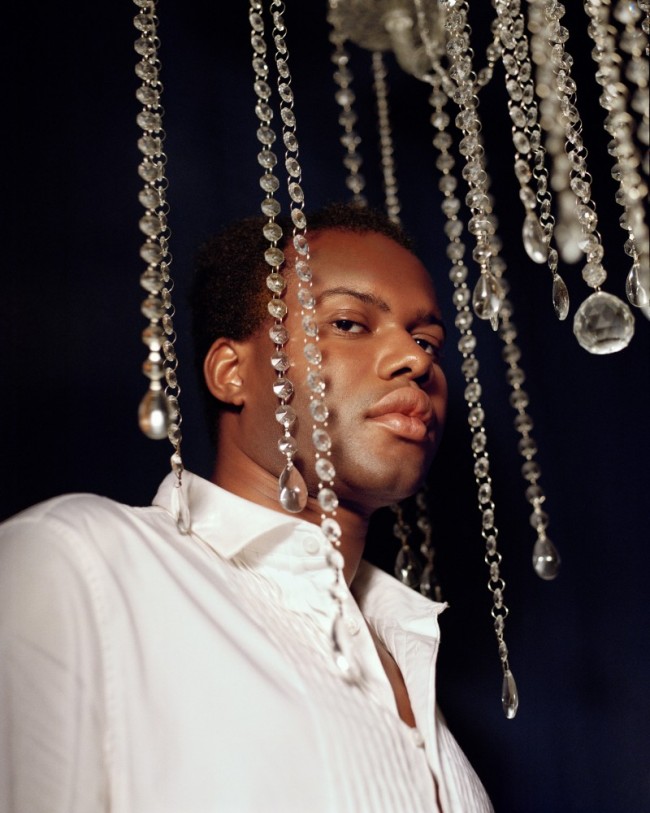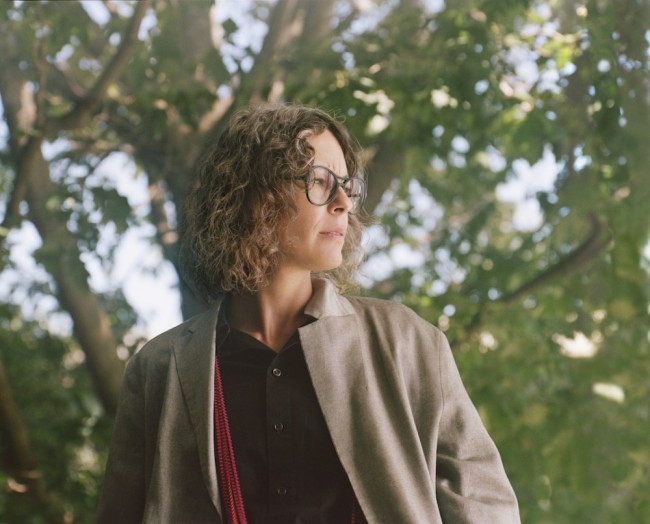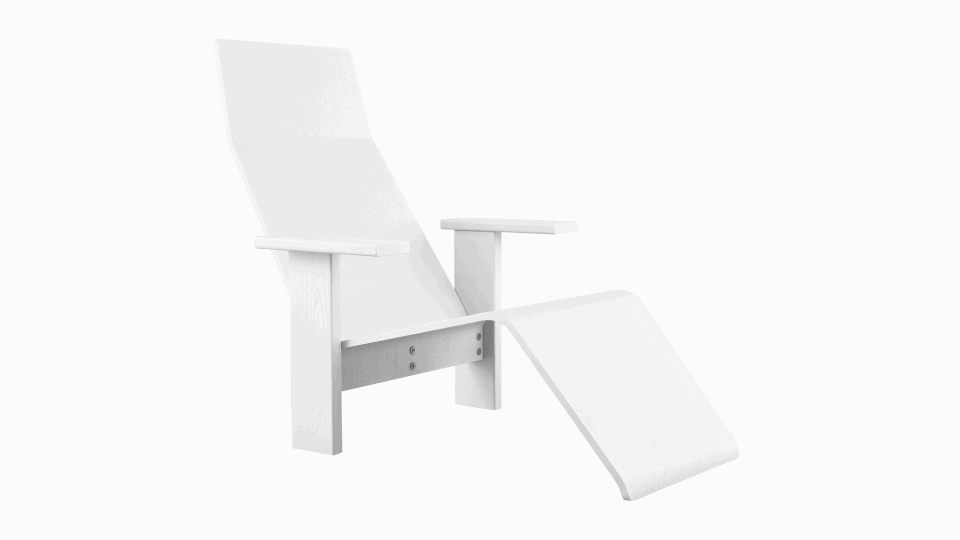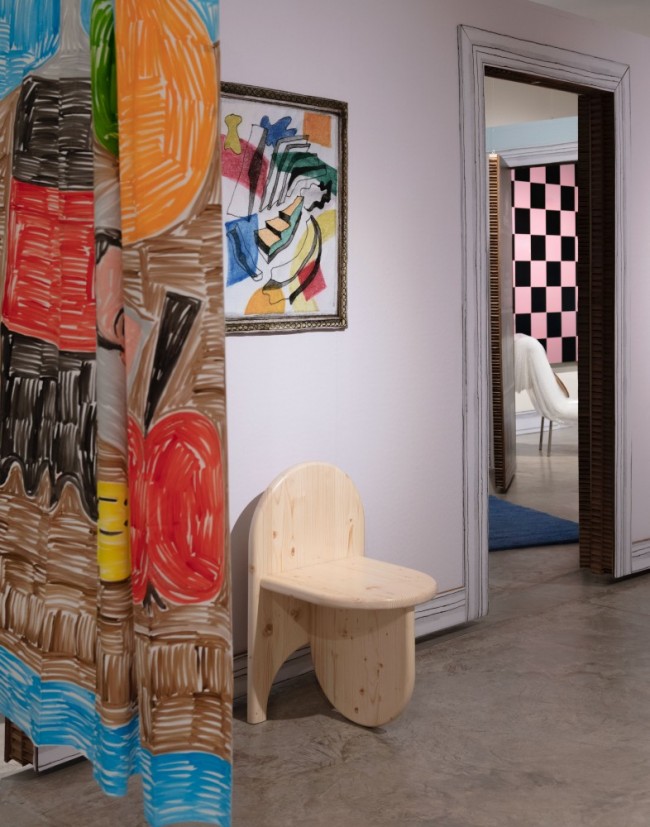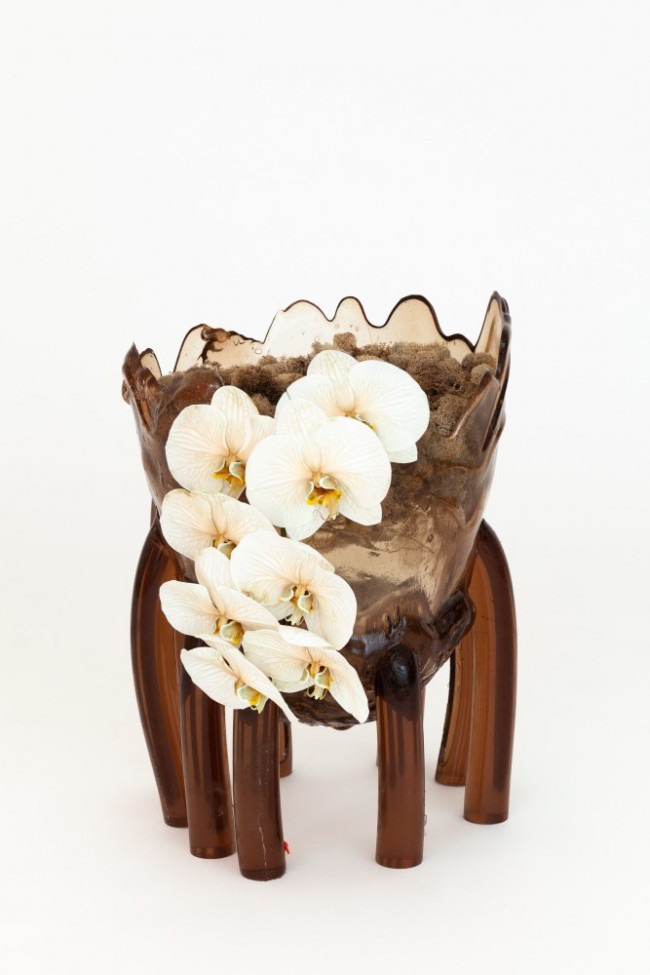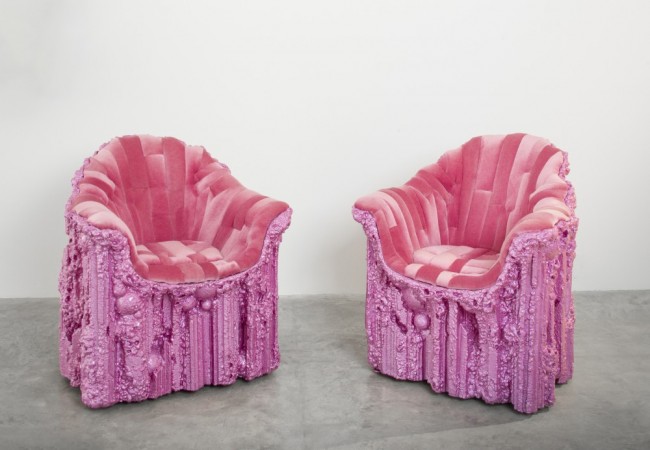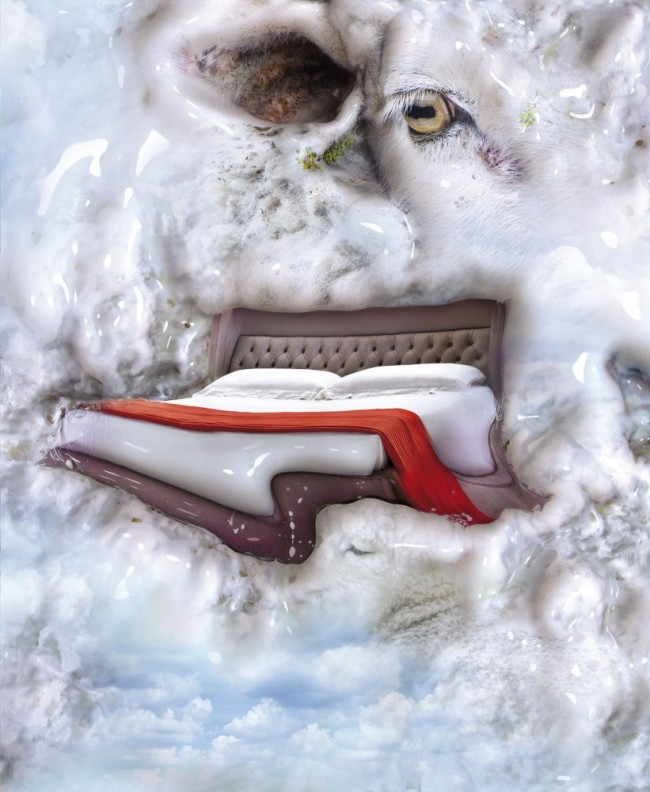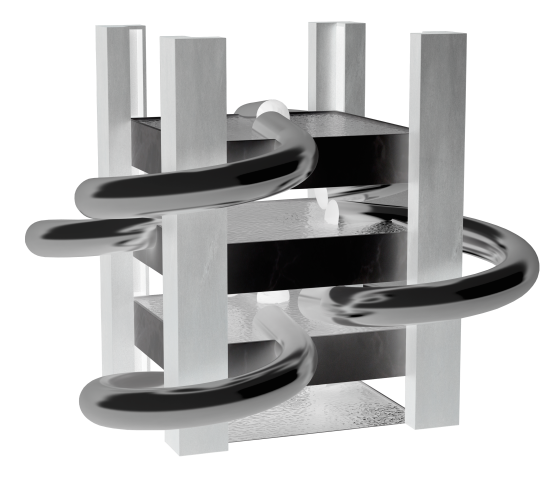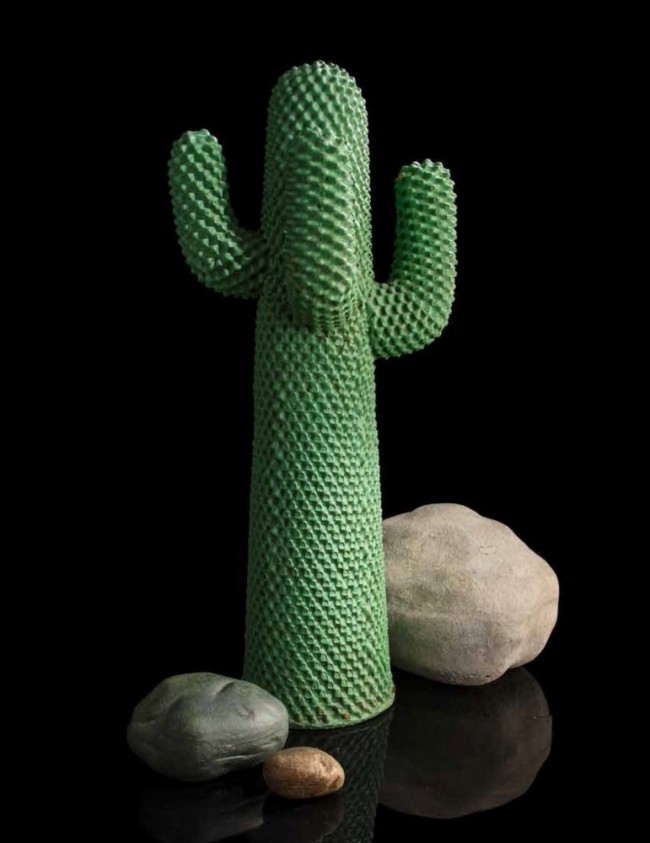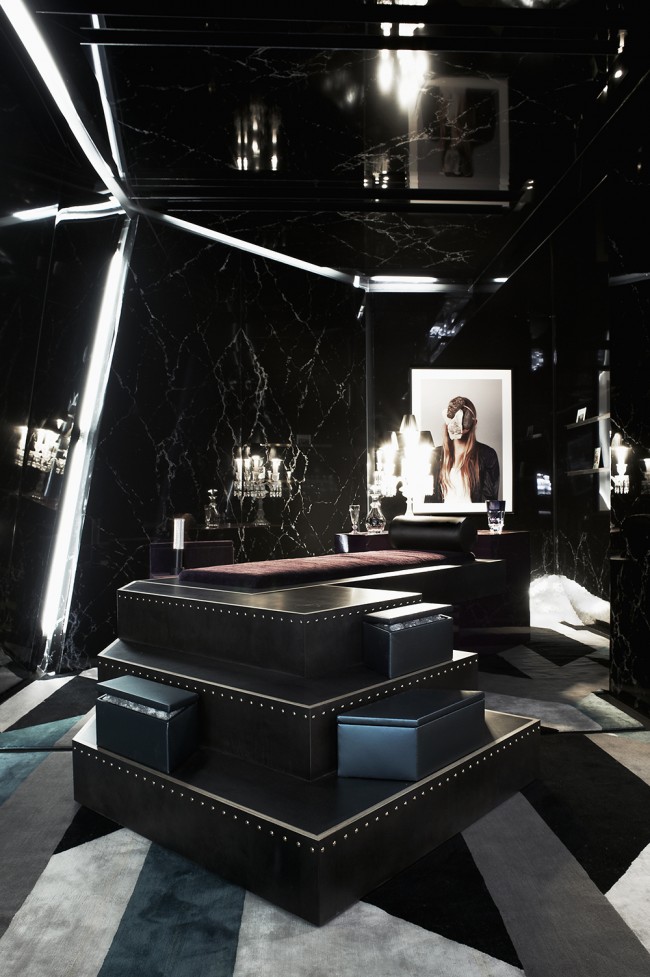SOFA SO GOOD: Seven Designers Explain Their Love For The Camaleonda

Vintage image of the Camaleonda sofa by Mario Bellini. Courtesy of B&B Italia.
When Stella McCartney opened her new flagship in June 2018, many visitors were immediately drawn to the shiny pale pink sofa installed on the first floor of the Edwardian Bond Street townhouse. Its tufted upholstery made for a subtle nod to the pedigreed surrounding, yet its modularity and fleshy yet delicate bulkiness seemed to be signaling “now.” Except at this point the modular sofa system called Camaleonda had already been out of production for 40 years. When the Camaleonda originally launched in 1970, its 35-year-old designer,
-
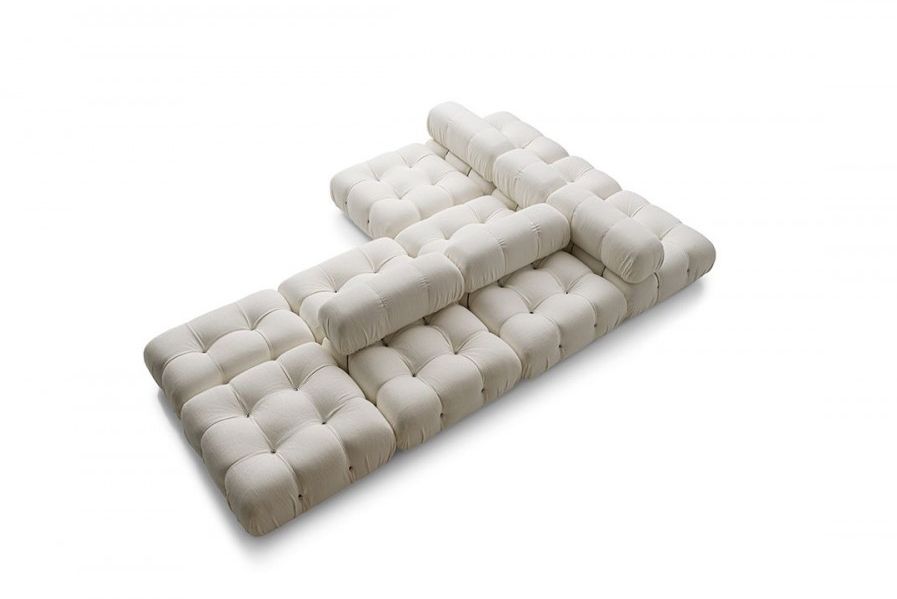
The Camaleonda sofa by Mario Bellini.
-

The Camaleonda sofa by Mario Bellini. Image courtesy B&B Italia, 2020.
As part of a focus on some of its most classic designs, B&B Italia decided to reissue the Camaleonda this year. Save for some minimal adjustments to respond to 21st-century safety and environmental codes, the design is exactly the same. A large presentation was planned for April, during Milan Design Week, under the creative direction of Milanese architect Massimiliano Locatelli. While the possibilities for in-person ogling were interrupted by the pandemic, the general appreciation for the Camaleonda remains unbridled. We asked Locatelli, along with six other architects, dealers, and designers, what makes the Camaleonda so different, so appealing?

Interior view of the Camaleonda constellation the Stella McCartney’s flagship store on London’s Bond Street.
Massimiliano Locatelli, Architect and Designer, Milan

“The flexibility of the Camaleonda is beautiful. It’s already in the name. Because Camaleonda is a hybrid of camaleonte — which is the chameleon, the animal that changes color — and onda, which is wave. And waves are always different shapes, of course. When he designed it, Bellini always had this idea of flexibility. As far as modern sofas go, it’s actually a small object that you can really fit in small apartments. I have three pieces myself: they’re upholstered in leather, and they’re very comfortable to sleep on. You just remove the back, which is very easy, and you have an extra bed in your home. But to me the Camaleonda is also beautiful because it’s a memory. It was designed in 1970, and it was only produced until 1978, so it retired very young, and like Marilyn Monroe, it became an iconic piece. The Camaleonda is also one of the first sofas that B&B Italia produced using schiumatura, their patented polyurethane injection molds technique, which was a revolution at that time. The campaign for the Camaleonda was also a bit of a revolution itself. It was the same time as the famous B&B Italia campaign for their Bambole sofa, for which Oliviero Toscani photographed the model Donna Jordan on the sofa. The Camaleonda images featured Rudolf Nureyev, together with another female model sprawled on the sofa, in the middle of a party. He’s upside down, and they’re both completely naked. Everyone else is in tuxedos. It’s fantastic.”

Rudolf Nureyev and a female dancer pose nude on Mario Bellini’s Camaleonda sofa. The scene is said to have occurred during a 1980 reception for the Russian Winter Olympics team at the champagne room at Gracie Mansion in New York City.
Jared Blake, Co-owner of design store Lichen, Brooklyn

“We love modular furniture, especially living in New York. There are so many different living room/lounge arrangements in the city that it’s almost paramount to be flexible with your furniture. The Camaleonda is great because it's extremely functional and ages beautifully, making it something you’ll want to hang on to for as long as possible — like most of Bellini’s designs.”
-

The Camaleonda sofa by Mario Bellini, upholstered in cognac leather. The Gli Scacchi element, also by Bellini, serves as modular table element. Image courtesy B&B Italia, 2020.
-

The Camaleonda sofa by Mario Bellini, upholstered in cognac leather. The Gli Scacchi element, also by Bellini, serves as modular table element. Image courtesy B&B Italia, 2020.
-

The Camaleonda sofa by Mario Bellini, upholstered in cognac leather. Image courtesy B&B Italia, 2020.
Clémande Burgevin Blachman, Creative Director, Antwerp

“For me the Camaleonda has the sweet scent of childhood nostalgia. I remember seeing it for the first time at the house of a friend of my parents; he was a singer and he had all of these so-called ‘toys for boys:’ a pool, a motorcycle, an amazing vintage car, and of course the Camaleonda sofa. I remember the first time I sat in it, I was struck by how comfortable it was. We didn’t have a proper sofa at home because at that time my parents were antique dealers and they were obsessed with Art Nouveau, so we would always sit in these beautiful but totally uncomfortable chairs from the early 20th century. The Camaleonda was the opposite. I find it also very playful — it embodies the 70s to me. You look at it, and in your head, you’re already listening to rock music.”

Vintage photography of the Camaleonda sofa. On the right it is paired with a sculpture by the artist Allan Jones.
Michael Bargo, Designer, Dealer, and Creative Director, New York City

“The Camaleonda sofa represents a moment in European design that was all about the future and functionality. Now, a half century after its conception, it’s still more modern and futuristic than most contemporary furniture.”

The Camaleonda sofa by Mario Bellini, upholstered in blue velvet. Image courtesy B&B Italia, 2020.
Hannes Peer, Architect and Designer, Milan

“One has to really think of the time when this masterpiece was originally conceived, 1970, the golden era of design. Right before then, upholstered furniture for the home had stagnated into some sort of tired traditional ‘bourgeois’ stereotype. It was up to Superstudio, Archizoom, Ugo La Pietra, Gabriella Crespi, and of course Mario Bellini to finally revolutionize design. It was a time of social and architectural utopia as well as of radical design as a coherent answer to new patterns of behavior in the home environment. The Camaleonda sofa is exactly that design object intended as a flexible and adaptable architecture capable of transforming the landscape of the interior space that it inhabits. A landscape that is neither immobile nor permanent, its chameleon-like nature involves change and transformation. The shape but also the functionality and flexibility of this sofa is defined by hooking and unhooking the single modules, a constructive detail of pure genius. Camaleonda is a timeless classical design object, utopian yet extremely functional. It is designed to perfection. Compared to the contemporary, decorative, cozy, and ‘likable’ design that we have to sadly witness on a daily basis on Instagram and Pinterest, the Camaleonda is still today one of the most radical and most intriguing design pieces available on the market, which says a lot about how little design nowadays is concerned with concept and radicality, and how much it is rather concerned with non-functional, uncomfortable yet cute little shapes and forms.”

A vintage Camaleonda sofa presented by Milan-based gallery Erastudio apartment gallery. Courtesy of Erastudio.
Rafael de Cárdenas, Architect and Designer, New York City

“Few single furniture models have dealers dedicated solely to their trade and refurbishing (see camaleonda.com). The Camaleonda has an abstract but uncanny corporeality, evoking fetishistically bound bodies and inspiring a similar degree of obsessive devotion. It looks cozy yet its comfort is more lucid and more robust than that — an aware comfort.”

Drawing of the Camaleonda sofa by Mario Bellini.
Gisbert Pöppler, Interior Architect and Designer, Berlin

“When I was growing up my parents had a Camaleonda sofa in their house. It was a three-seater with a separate footrest in chocolate brown leather. The sofa was my mother’s pride and joy. She loved re-arranging the different modules in ever changing configurations, thereby completely changing the appearance of the living room. My father loved lounging on it, watching news or sports while smoking cigarettes. Occasionally he’d fall asleep, only to be woken up by the buzzing of the analog test pattern. One night it happened: while falling asleep he’d burnt a hole into the fabric. When my mother discovered the mishap the next day all hell broke loose. The hole was artfully covered up, but it remained visible. Which worked out for me, because when I moved to Berlin to go to university in 1989, I was allowed to take the ‘damaged’ Camaleonda along. That’s how I ended up in a student apartment with a true design classic.”
-

The Camaleonda sofa by Mario Bellini, upholstered in different shades of green. Image courtesy B&B Italia, 2020.
-

The Camaleonda sofa by Mario Bellini, upholstered in different shades of green. Image courtesy of B&B Italia, 2020.
-

The Camaleonda sofa by Mario Bellini, upholstered in different shades of green. The Gli Scacchi elements (right), also by Bellini, serve as modular table pieces. Image courtesy B&B Italia, 2020.
All images courtesy B&B Italia unless otherwise noted. Portraits courtesy the designers.
Special thank you to Michael Bargo, Clémande Burgevin Blachman, Rafael de Cárdenas / Architecture at Large, Hannes Peer Architecture, Lichen, Massimiliano Locatelli / Locatelli Partners, and Gisbert Pöppler.




